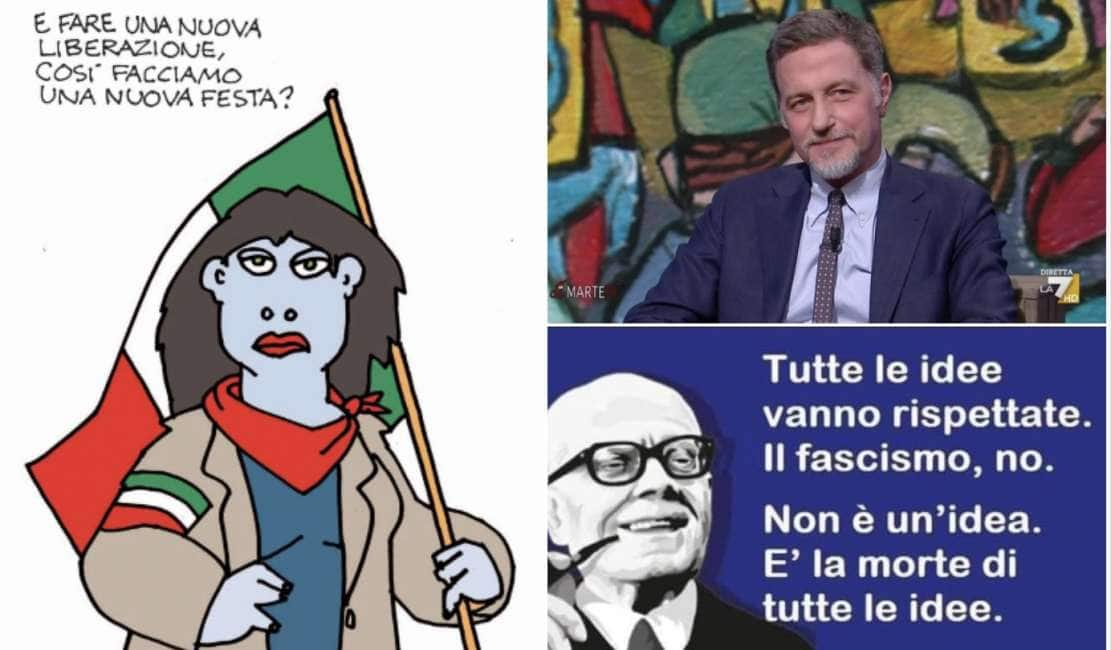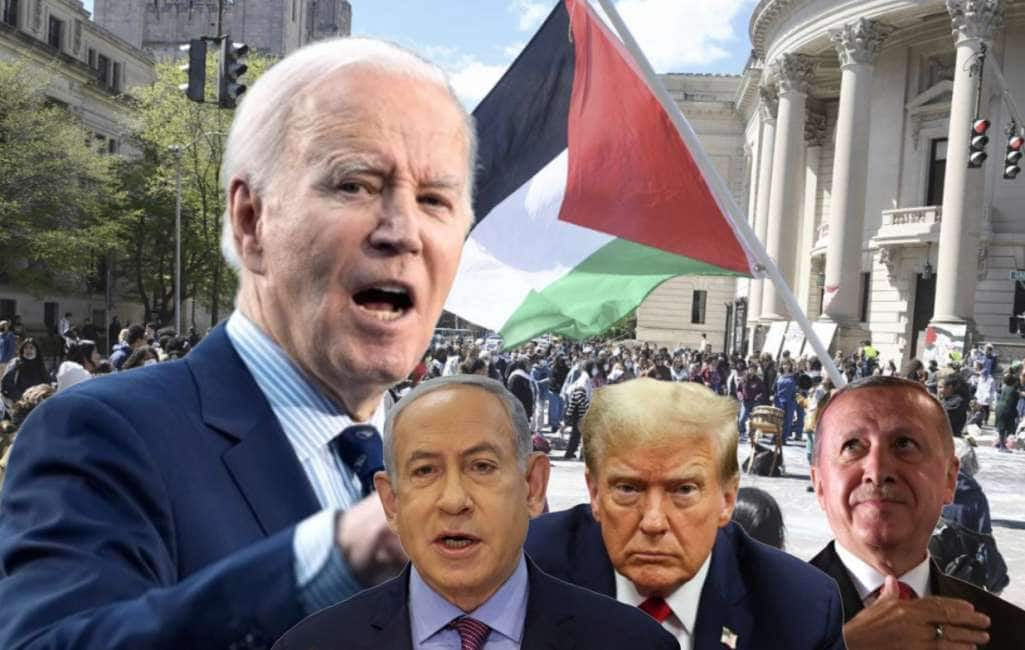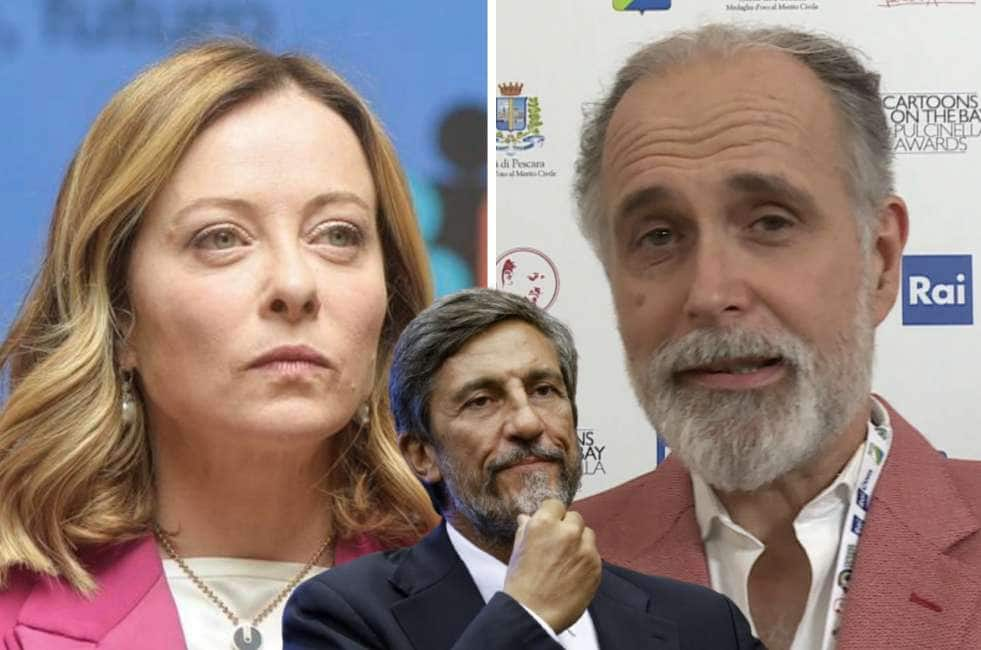 Tony Albert : We can be heroes
Tony Albert : We can be heroes
Riporta il Guardian (articolo a seguire) che uno dei più controversi artisti di Australia, l'aborigeno Tony Albert ha vinto il riconoscimento più importante di Australia (National Aboriginal & Torres Strait Islander Art Award)
L'opera "We Can Be Heroes" premiata con 5Omila dollari e scelta tra 306 candidati e 65 shortlisted, consiste in una serie di venti ritratti di giovani aborigeni tutti studenti di scuole superiori (più lo stesso artista) con i cerchi del tirassegno stampati in rosso sul torace.
L' immagine fa riferimento all'uccisione di due ragazzini aborigeni di 14 e 17 anni da parte della polizia e delle rivolte che a seguito di questo omicidio hanno infuocato l'Australia.
 Tony Albert : Pay attention mother's fuckers
Tony Albert : Pay attention mother's fuckers
Tony Albert che è nato nel 1981 nel Far North Queensland è ormai celebre per il suo lavoro radicale, per i suoi travestimenti con le maschere da Wrestling, per il suo accanimento contro il razzismo e per un universo di immagini che assorbe tutto: pittura, foto, immagini tratte da fumetti o film, e soprattutto l'uso di oggetti dalla sua collezione “Aboriginalia” che comprende ogni cosa sia appartenuta alla comunità (abiti, utensili, arazzi, dipinti,carte da gioco....) con cui costruisce complesse e provocatorie installazioni.
Sydney artist wins Aboriginal art award for work inspired by police shooting
A 33-year-old Sydney-based artist has won one of Australia’s most prestigious art awards with a bold critique of police attitudes towards Indigenous men.
 Portrait-of-artist-Tony-Albert
Portrait-of-artist-Tony-Albert
Tony Albert picked up the $50,000 main prize at the 31st National Aboriginal & Torres Strait Islander Art Award with his work, We Can Be Heroes. The work consists of 20 small, photographic portraits of Indigenous, male high-school students and the artist himself, each with a target painted on their chest.
The artist said he was “extremely proud” to receive the award, having watched his mentor and fellow political artist Richard Bell receive the same award a decade ago.
Albert’s work is a response to a 2012 traffic incident in Kings Cross, Sydney in which local police shot and wounded two Indigenous boys aged 14 and 17. At the series of protests that followed, Albert saw “young Aboriginal men, friends of the boys, that actually tore their shorts off during the protest and had drawn targets on their body.”
 Tony Albert : We can be heroes
Tony Albert : We can be heroes
He said there was “something very sad” about the act, but that it summarised a feeling shared by many Aboriginal men. Albert also mentioned the blanket accusations placed on Indigenous men in the Northern Territory of “being paedophiles and women bashers” in justification of the Howard government’s 2007 “intervention”.
“Headlines or articles about Aboriginal people are almost always negative or have negative connotations attached,” said Albert. “So I wanted to work with these young men about how – in the face of adversity, we respond to the target that is always going to be there? How are we going to wear it and how can we present ourselves and be proud and defiant?”
The boys featured in the work all live at Kirinari Hostel, a boarding house in Sydney for Indigenous students that come from other parts of the country. Albert says he spent a lot of time gaining their trust and hearing their stories, and that it was important that the boys – rather than he, the artist – took control of their representation.
“They are the ones saying ‘we are important’ and they were the ones empowered by the process. If you constantly tell people they’re bad, they’re going to end up being bad. It’s kind of a no brainer. We’re in this social state at the moment where we really need to change and reinforce the ways in which we talk about Aboriginal people.”
 Tony Albert : We can be heroes
Tony Albert : We can be heroes
Joining Albert were five other category winners, including Daniel Walbidi for Wirnpa and Sons 2014 (general painting), Garawan Wanambi for Marrangu (bark painting) and Alick Tipoti for Kaygasiw Usul (3D). Nici Cumpston was the sole female winner for Scar Tree, Barkindji Country in the works on paper category. The new youth award went to 20-year-old Kieren Karritpul for Yerrgi.
Daniel Walbidi with his painting Wirnpa and Sons 2014 (general painting). Photograph: Nicholas Gouldhurst
The 65 finalists on show at the Museum and Art Gallery of the Northern Territory display the wide range of themes and mediums explored by Indigenous artists today. When asked about the different labels placed on art, Albert said: “In a western framework you need to categorise things in order to fit in. That’s something Aboriginal people don’t do – things don’t have to be defined in order to be understood.”
Award judge Tina Baum, curator of Aboriginal and Torres Strait Islander art at the National Gallery of Australia, Canberra, said the 306 entries to this year’s competition collectively challenged the notion of Aboriginal art today. “Regardless of where people are from, whether it’s remote, regional or urban-based, and the stories that are being told, be they traditional stories or personal stories or histories, they are all contemporary artists.”
Is the term Aboriginal meaningful in the context of the diversity of Indigenous nations? Baum responded: “People always query why is there a separate Aboriginal and Torres Straight Islander award, when there are major art awards everywhere else and Aboriginal and Torres Straight Islander artists in each of those. But it’s always important to keep reminding the public about our first people of this country.”
Asked how he preferred to be described, Albert said: “[Just] Tony Albert. I’m proud of where I’m from, [but] sometimes I’ve asked galleries not to put my language group, like in the Triennale in the National Gallery of Australia. My work Pay Attention Mother Fuckers was 80m long. That doesn’t reflect my language group or where I’m from and I don’t want my people to bear that burden of my art.”
“It doesn’t have to be the one way for everyone. In one show there might be someone who wants to be identified as Aboriginal and someone who might want their language group attached, and someone might want five language groups attached to their work and who they are and that’s OK!”









